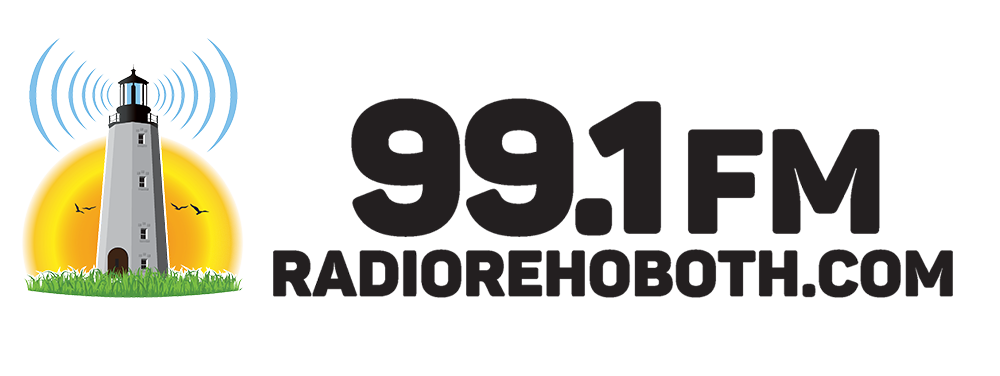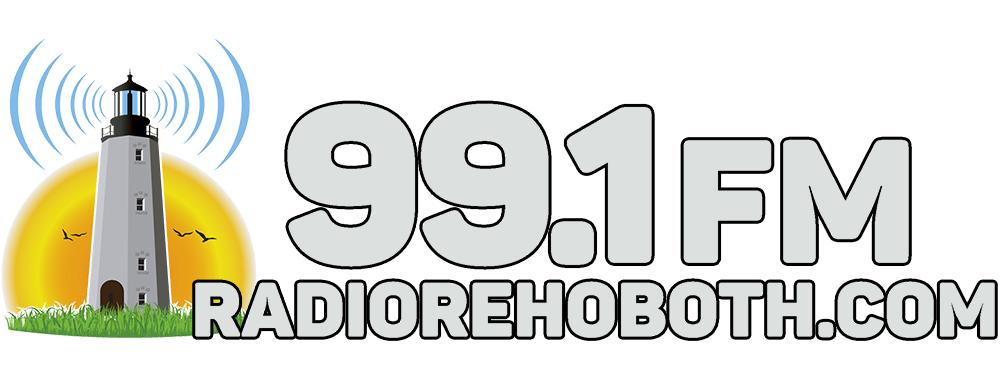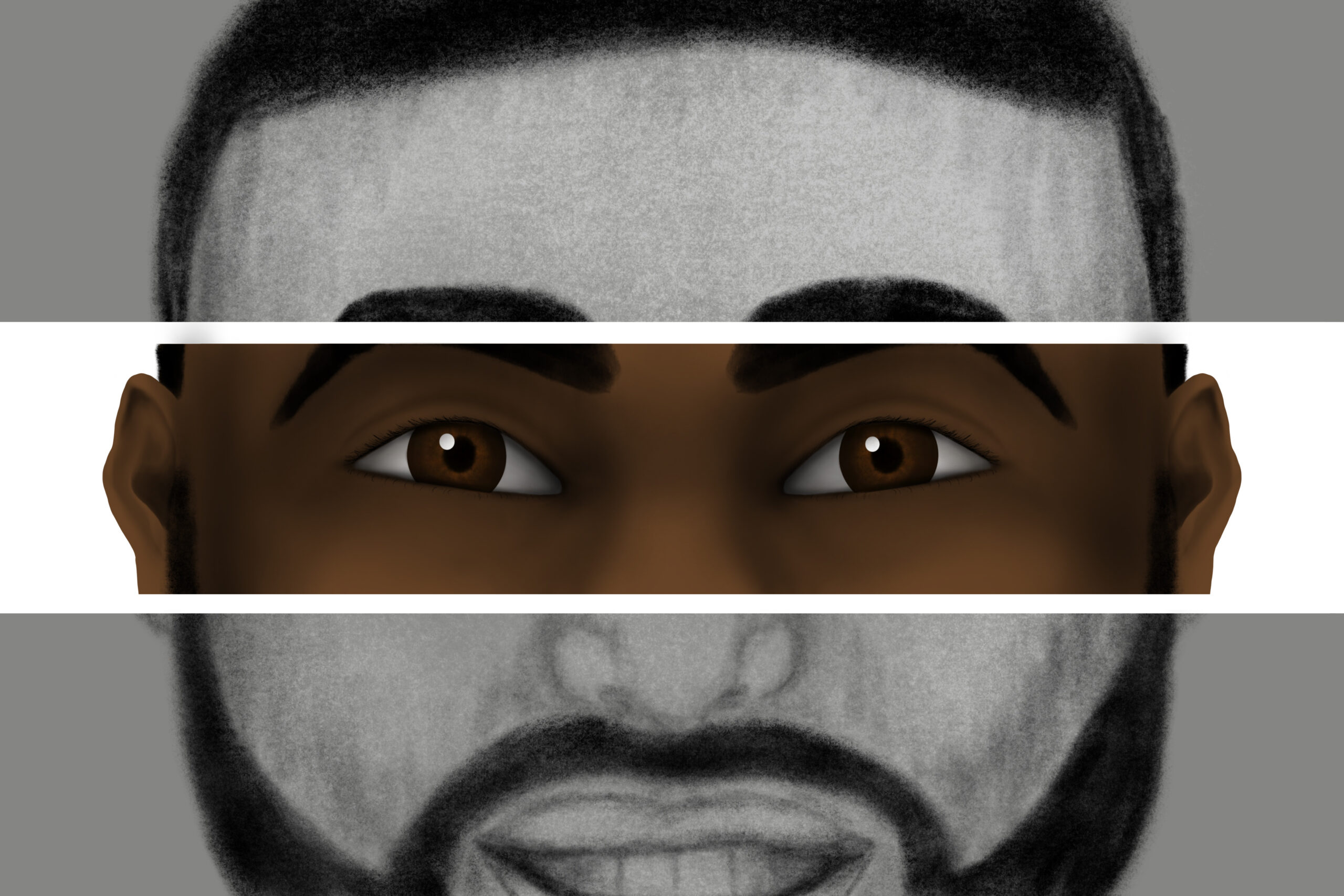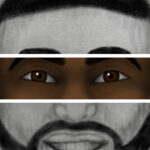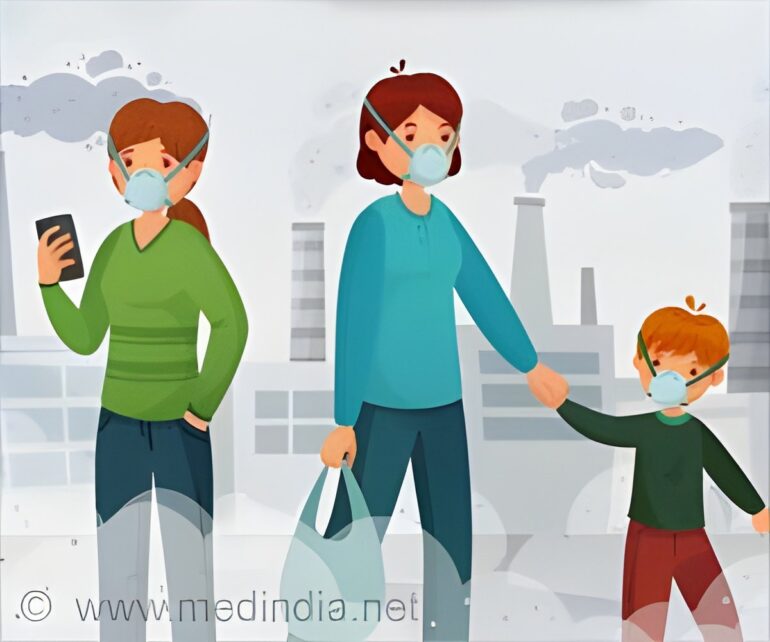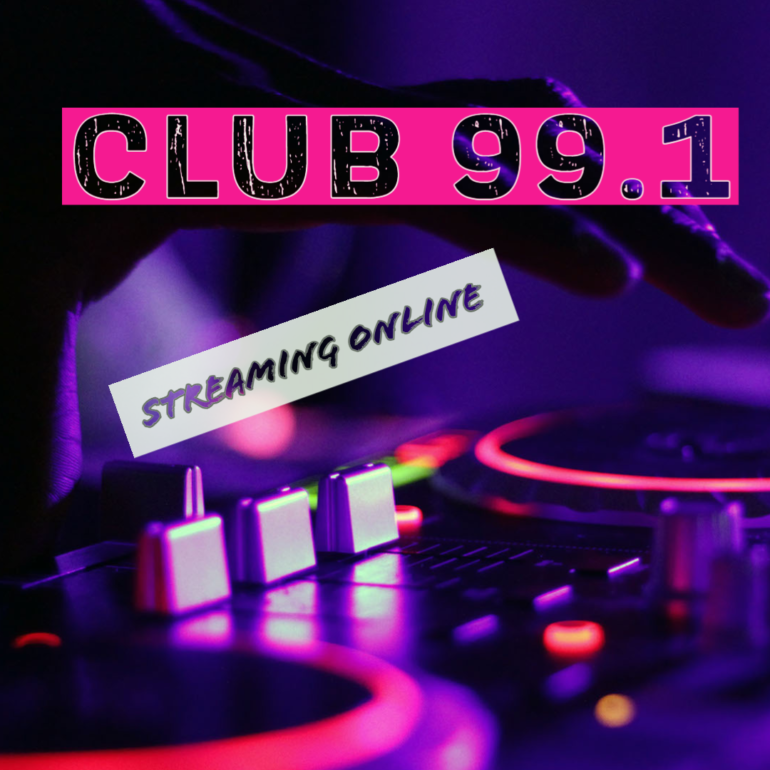I vividly remember that late Friday afternoon when my eye pressure spiked and I staggered on foot to my ophthalmologist’s office as the rapidly thickening fog in my field of vision shrouded passing cars and traffic lights.
The office was already closed, but the whole eye care team was there waiting for me. One of them pricked my eyeballs with a sharp instrument, allowing the ocular fluid that had built up to drain. That relieved the pressure and restored my vision.
But it was the fourth vision-impairing pressure spike in nine days, and they feared it would happen again — heading into a weekend. So off I went to the emergency room, where I spent the night hooked up to an intravenous tube that delivered a powerful anti-swelling agent.
Later, when I told this story to friends and colleagues, some of them didn’t understand the importance of eye pressure, or even what it was. “I didn’t know they could measure blood pressure in your eyes,” one of them told me.
Most people consider their vision to be vitally important, yet many lack an understanding of some of the most serious eye diseases. A 2016 study published in JAMA Ophthalmology, based on an online national poll, showed that nearly half of respondents feared losing their eyesight more than their memory, speech, hearing, or limbs. Yet many “were unaware of important eye diseases,” it found.
A study released in July, conducted by Wakefield Research for the nonprofit Prevent Blindness and Regeneron Pharmaceuticals, showed that one-quarter of adults deemed at risk for diseases of the retina, such as macular degeneration and diabetic retinopathy, had delayed seeking care for vision problems.
“There is significantly less of an emphasis placed on eye health than there is on general health,” says Rohit Varma, founding director of the Southern California Eye Institute at Hollywood Presbyterian Medical Center.
Because eye diseases can be painless and progress slowly, Varma says, “people get used to it, and as they age, they begin to feel, ‘Oh, this is a normal part of aging and it’s OK.’” If people felt severe pain, he says, they would go get care.
For many people, though, it’s not easy to get an eye exam or eye treatment. Millions are uninsured, others can’t afford their share of the cost, and many live in communities where eye doctors are scarce.
“Just because people know they need the care doesn’t necessarily mean they can afford it or that they have the access to it,” says Jeff Todd, CEO and president of Prevent Blindness.
Another challenge, reflecting the divide between eye care and general health care, is that medical insurance, except for children, often covers only eye care aimed at diagnosing or treating diseases. More health plans are covering routine eye exams these days, but that generally does not include the type of test used to determine eyeglass and contact lens prescriptions — or the cost of the lenses. You may need separate vision insurance for that. Ask your health plan what’s covered.
Since being diagnosed with glaucoma 15 years ago, I’ve had more pressure checks, eye exams, eyedrops, and laser surgeries than I can remember. I should know not to take my eyesight for granted. And yet, when my peepers were filling with that vision-threatening fog last March, I felt oddly sanguine.
It turned out that those serial pressure spikes were triggered by an adverse reaction to steroid-based eyedrops prescribed to me following cataract surgery. My ophthalmologist told me later that I had come “within hours” of losing my eyesight.
I hope my brush with blindness can help inspire people to be more conscious of their eyes.
Eyeglasses or contact lenses can make a huge difference in one’s quality of life by correcting refractive errors, which affect 150 million Americans. But don’t ignore the risk of far more serious eye conditions that can sneak up on you. They are often manageable if caught early enough.
Glaucoma, which affects about 3 million people in the U.S., attacks peripheral vision first and can cause irreversible damage to the optic nerve. It runs in families and is five times as prevalent among African Americans as in the general population.
Nearly 10 million in this country have diabetic retinopathy, a complication of diabetes in which blood vessels in the retina are damaged. And some 20 million people age 40 and up have macular degeneration, a disease of the retina associated with aging that diminishes central vision over time.
The formation of cataracts, which cause cloudiness in the eye’s natural lens, is very common as people age: Half of people 75 and older have them. Cataracts can cause blindness, but they are eminently treatable with surgery.
If you are over 40 and haven’t had a comprehensive eye exam in a while, or ever, put that on your to-do list. And get an exam at a younger age if you have diabetes, a family history of glaucoma, or if you are African American or part of another racial or ethnic group at high risk for certain eye diseases.
And don’t forget children. Multiple eye conditions can affect kids. Refractive errors, treatable with corrective lenses, can cause impairment later in life if they are not addressed early enough.
Healthful lifestyle choices also benefit your eyes. “Anything that helps your general health helps your vision,” says Andrew Iwach, a clinical spokesperson for the American Academy of Ophthalmology and executive director of the Glaucoma Center of San Francisco.
Minimize stress, get regular exercise, and eat a healthy diet. Also, quit smoking. It increases the risk of major eye diseases.
And consider adopting habits that protect your eyes from injury: Wear sunglasses when you go outside, take regular breaks from your computer screen and cellphone, and wear goggles when working around the house or playing sports.
The Prevent Blindness website offers information on virtually everything related to eye health, including insurance. Other good sources include the American Academy of Ophthalmology’s “EyeSmart” site and the National Eye Institute.
So read up and share what you’ve learned.
“When you get together for the holidays,” says Iwach, “if you aren’t sure what to talk about, talk about your eyes.”
This article was produced by KFF Health News, which publishes California Healthline, an editorially independent service of the California Health Care Foundation.

